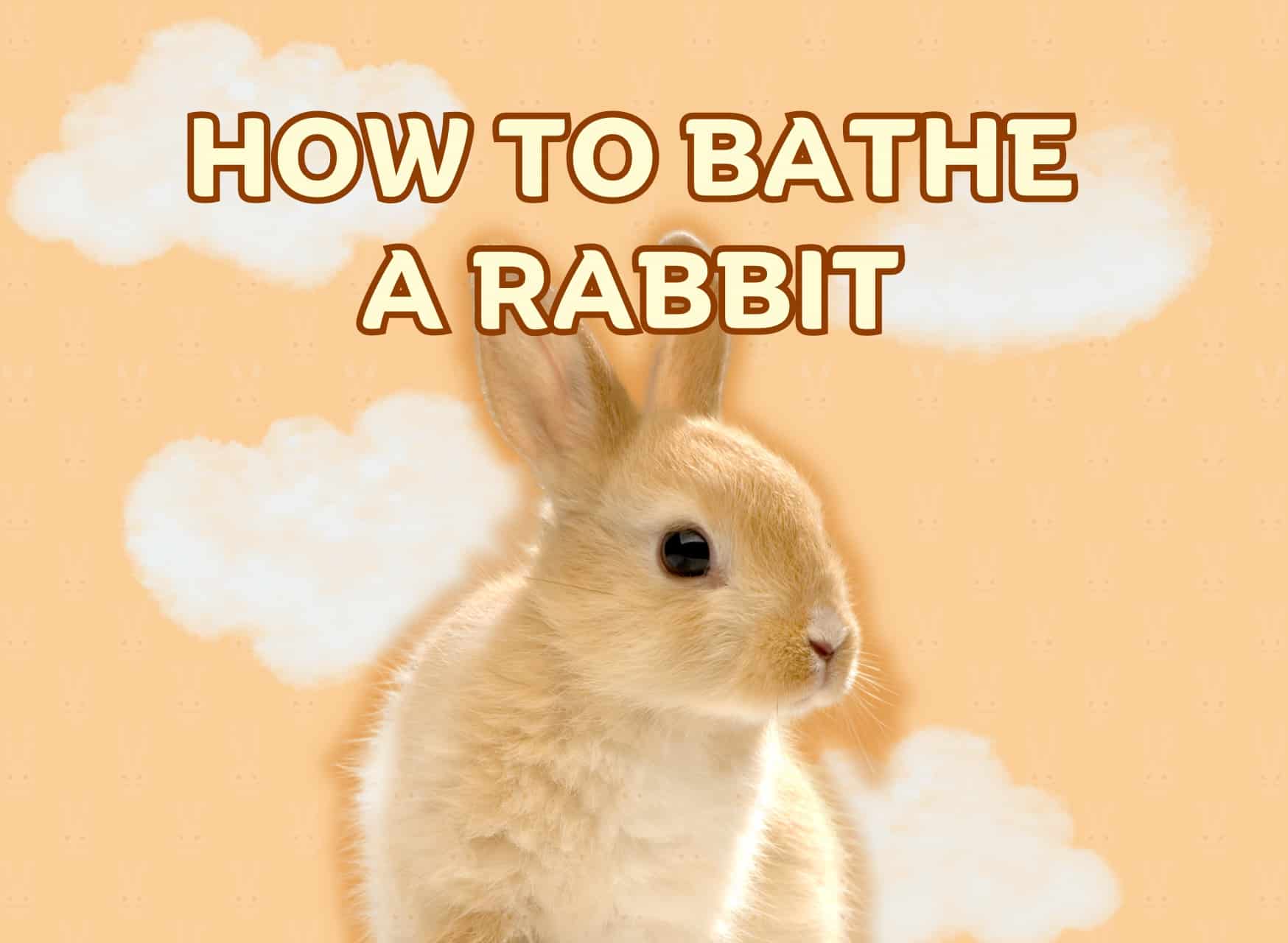The Hidden Reasons Behind Why Do Cats Scratch: Unraveling their Instinctual Behavior
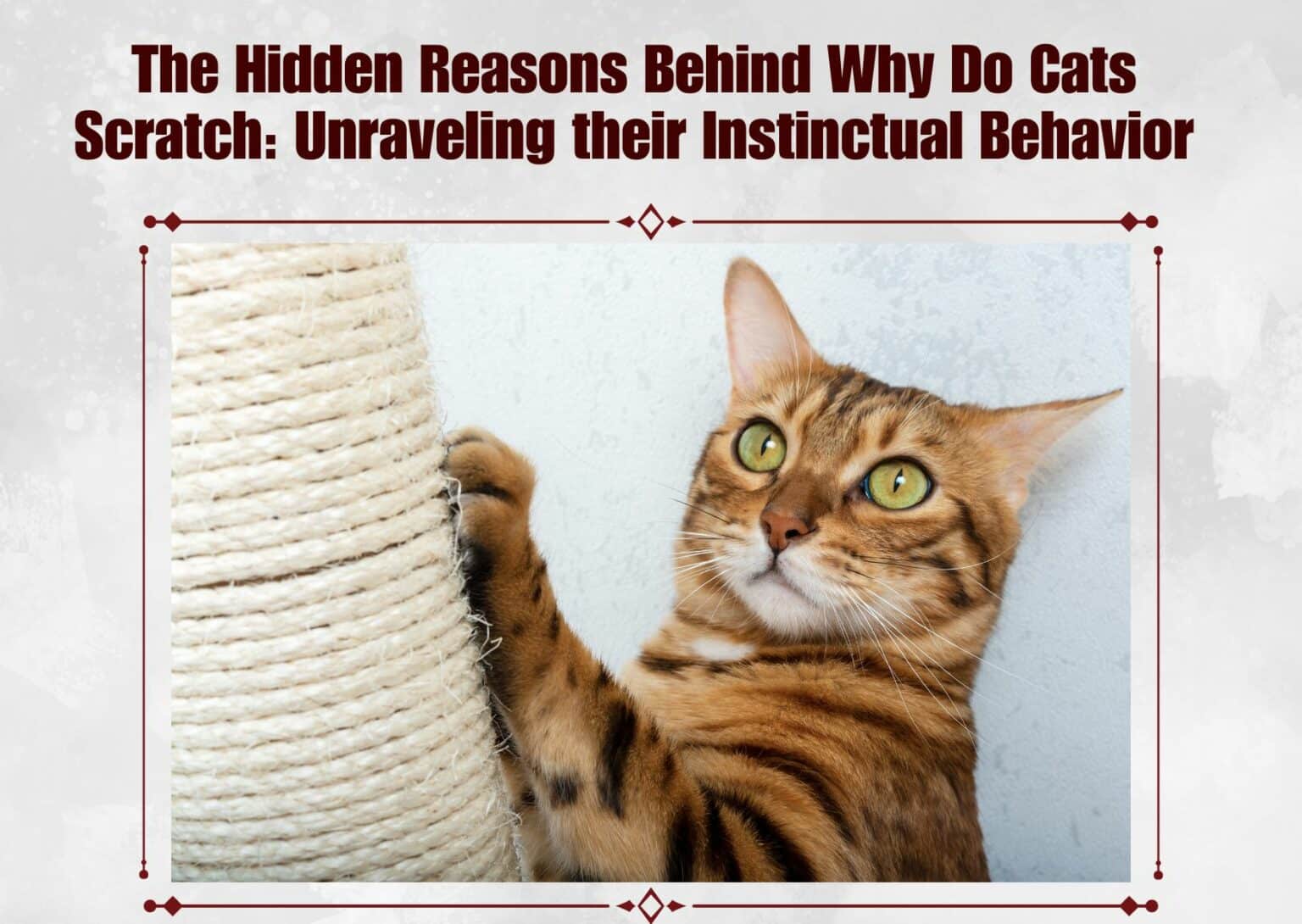
Sharing is Caring!
Introduction
The enigmatic behavior of why cats scratch is a subject that captures the curiosity of both cat owners and enthusiasts alike. Whether it’s furniture, walls, doors, or even their human companions, these intriguing creatures leave their distinctive mark in various scenarios. In this in-depth exploration, we delve into the core motivations behind “Why do cats scratch”, shedding light on the instincts and driving forces that compel our feline companions to engage in this behavior. Join us as we unravel the mystery of why cats scratch and uncover strategies to cultivate a harmonious environment that embraces and accommodates their natural inclinations.
Understanding the Instinctual Nature of Scratching
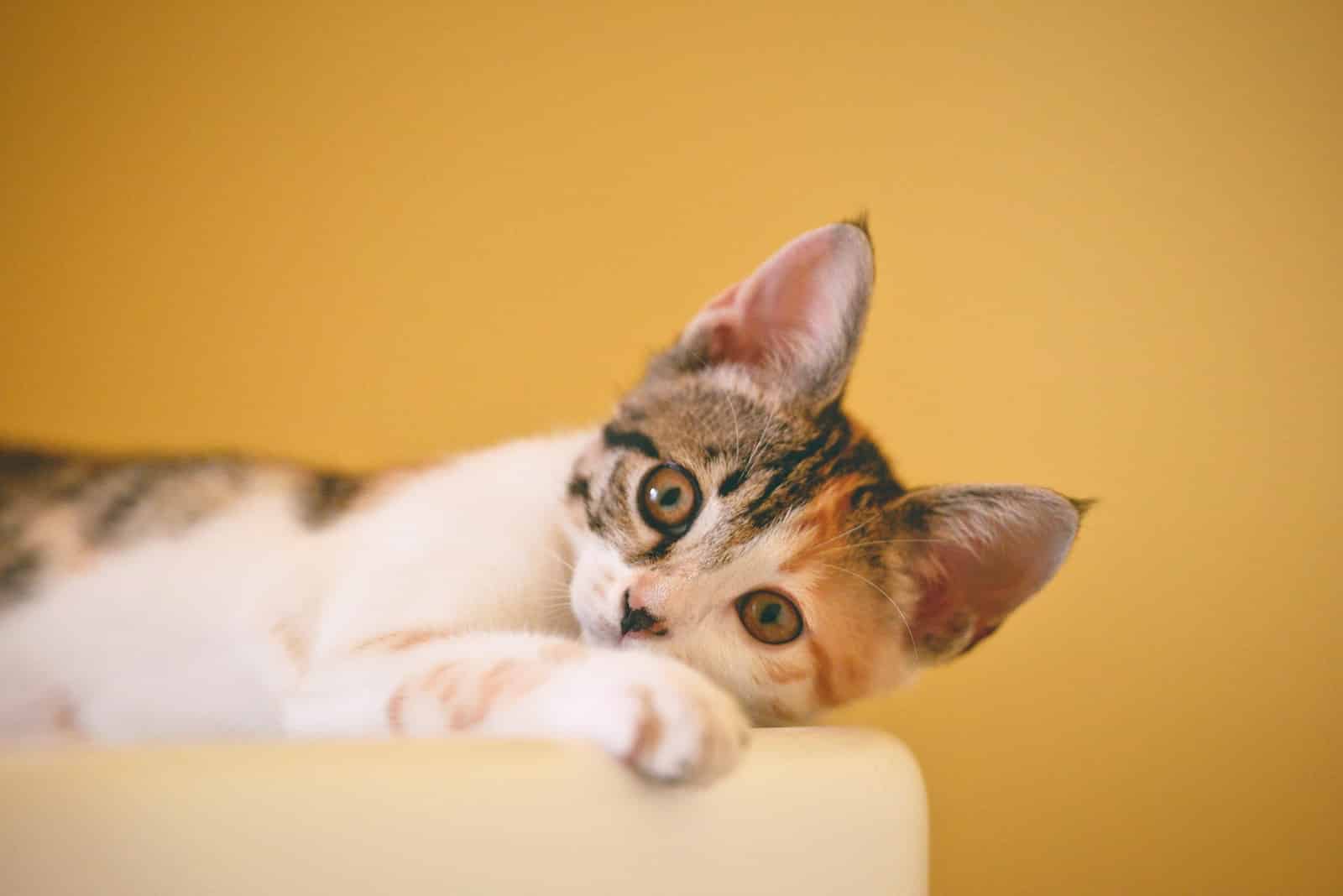
At first glance, a cat’s scratching behavior might appear as a mere routine action, but delving into their innate instincts reveals a far more profound purpose. This instinctual behavior, deeply rooted in their evolutionary history, serves as a testament to their feline heritage.
Evolutionary Significance: Cats’ ancestors relied on scratching to mark their territories, leaving both visual and scent-based cues to assert dominance and ward off potential threats. As our domestic companions, this instinct persists, albeit in different contexts. While they might not need to protect their territory from predators, the desire to establish their presence and territory remains ingrained in their behavior.
Physical and Mental Well-being: Scratching isn’t solely about leaving marks; it plays a vital role in maintaining a cat’s overall health and happiness. Regular scratching enables cats to stretch their muscles and keep them limber. This is particularly important for indoor cats who might not have the opportunity to engage in the same level of physical activity as their outdoor counterparts. By promoting flexibility and muscle health, scratching contributes to a cat’s overall well-being.
Healthy Nail Growth and Claw Maintenance: Scratching also serves a practical purpose in maintaining their claws. Cats’ claws continuously grow, and if not worn down, they can become too long and lead to discomfort or health issues. Scratching surfaces help naturally shed the outer layers of their claws, preventing them from growing excessively. In this way, scratching acts as a natural grooming mechanism, ensuring their claws are kept at an optimal length.
Why Do Cats Scratch Furniture?
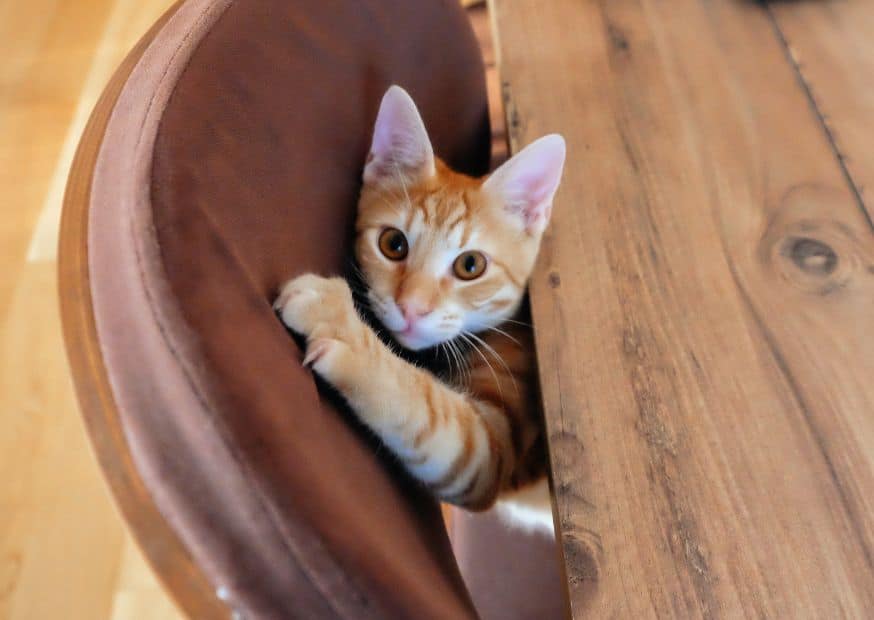
Cats scratching furniture isn’t a random act of chaos; it’s their way of claiming territory and announcing their presence. Those visible scratches are like their signature. To address this, provide scratching posts nearby as alternatives. Redirecting their energy to these posts can save your furniture and honor their natural instincts.
Why Do Cats Scratch at Things?
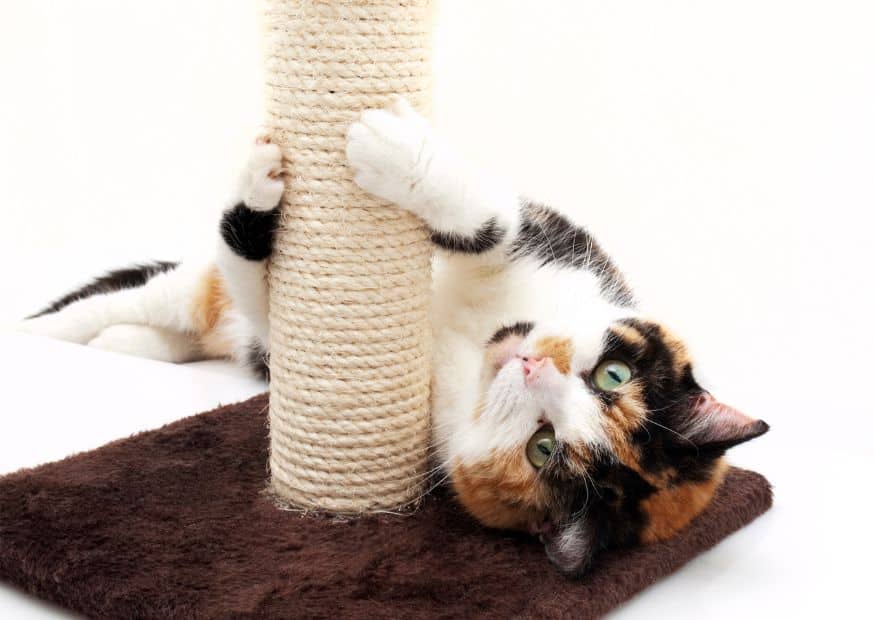
Cats scratching surfaces isn’t a mere habit – it’s instinctual behavior woven into their nature. This behavior serves as a form of communication, where they leave visual marks and release scent to assert their presence and territory. Understanding this behavior allows us to bridge the gap between their innate instincts and our living spaces.
Meeting Instinctual Needs: Scratching isn’t just about claw maintenance; it’s a vital part of feline well-being. By offering varied-texture scratching posts, we provide an outlet that mimics their natural surroundings, redirecting their scratching tendencies away from our possessions. This understanding not only preserves our belongings but also ensures that our feline friends can express themselves and thrive in a way that aligns with their evolutionary inclinations.
Why Do Cats Use Scratch Posts?
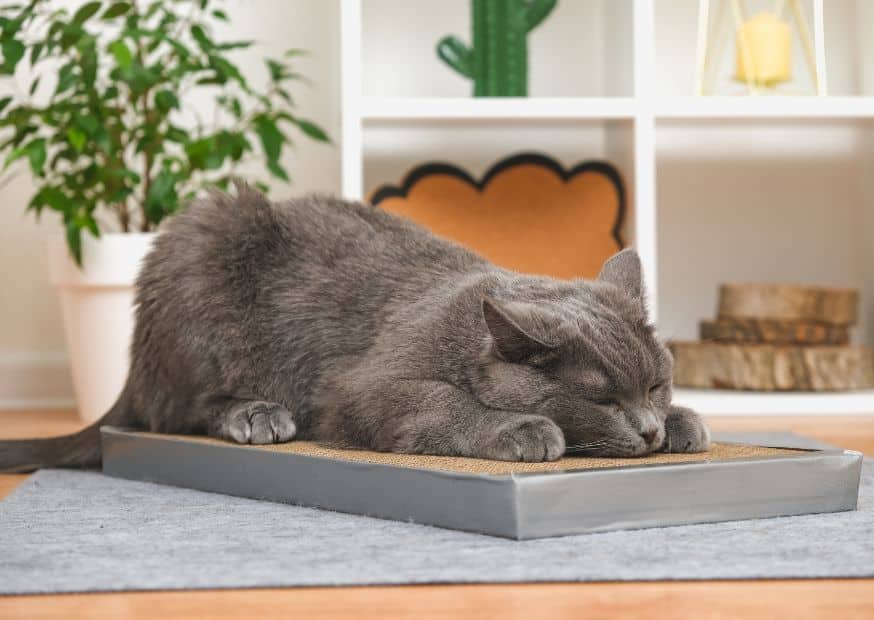
Scratch posts aren’t mere additions; they’re vital tools for harmony in both human and feline lives. They offer a dual advantage – fulfilling what cats like, their innate scratching urges while saving furniture from their claws.
Benefits for Cats and Owners: Scratch posts go beyond preventing scratched furniture. They fulfill cats’ natural need to scratch, promoting healthy claws and physical activity. Simultaneously, they provide relief for owners, ensuring a peaceful living space.
Choosing and Placing Scratch Posts: Select sturdy posts with varied textures, accommodating your cat’s preferences. Opt for both vertical and horizontal posts, catering to different scratching styles. Place them strategically in your cat’s frequented areas to encourage use.
Why Do Cats Scratch Walls?
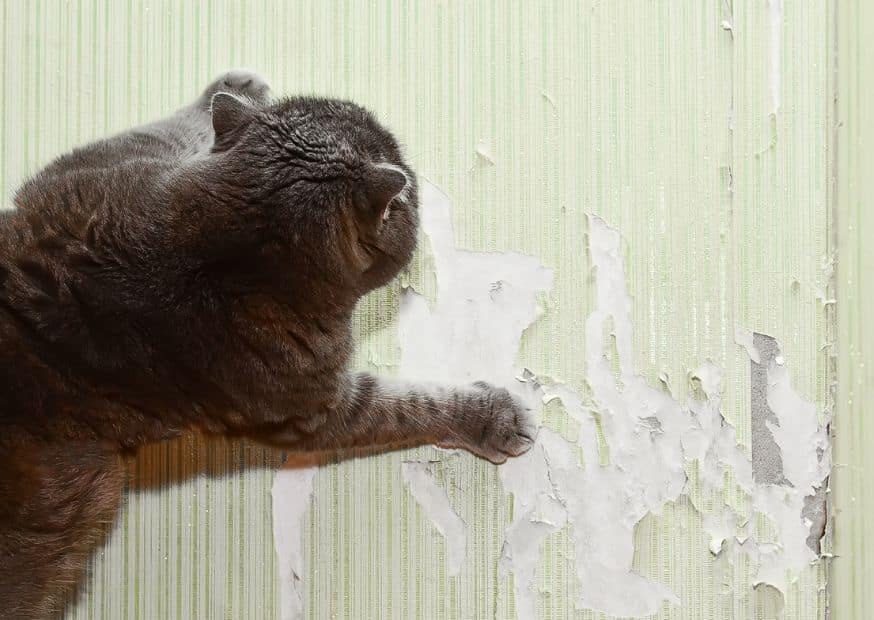
Cats scratching walls might seem peculiar, but it has a purpose. This behavior serves as a combination of natural instincts and communication methods.
Territorial Communication: When cats scratch walls, they’re marking their territory through visible marks and scent from their paw glands. This behavior is a throwback to their wild ancestors who used similar tactics to establish dominance and territorial boundaries.
Physical Needs and Playfulness: Beyond marking, wall scratching fulfills physical needs. Walls provide a stable surface for cats to stretch their bodies and muscles. Additionally, cats may scratch walls as a playful expression, especially during more active moments.
Why Do Cats Scratch Around Their Litter Box?
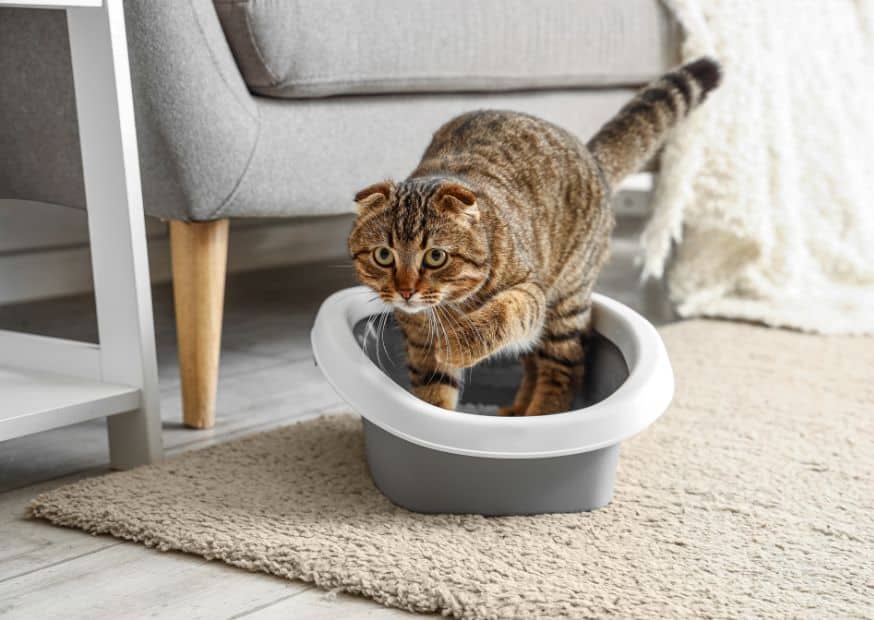
Cat behavior scratching around their litter box has a purpose beyond mere tidiness. It harks back to their wild instincts and carries important messages.
Instinctual Communication: Scratching around the litter box mirrors a survival strategy from their wild ancestors. By burying waste, cats concealed their presence from predators. This behavior today is an instinctual way of expressing their need for cleanliness and safety.
Cleanliness and Comfort: To address this behavior, maintaining a clean litter box is crucial. Regular cleaning routines and choosing the right litter are essential. Cats may scratch more if they dislike the litter texture. Placing mats around the litter box can also help contain litter scatter, satisfying their scratching impulse while preserving your home’s cleanliness.
Why Do Cats Scratch Couches?

The sound of your couch being scratched might make you cringe, but there’s a method to this feline madness that goes beyond mere irritation. Understanding the motivations behind couch scratching can turn frustration into an opportunity for better understanding and cooperation.
Unveiling Feline Instincts: Couch scratching, while irksome, is a manifestation of a cat’s natural instincts. By scratching, they mark territory through scent glands in their paws, a behavior passed down from their ancestors. This territorial marking communicates their presence and ownership to other cats.
Channeling the Behavior: Redirecting this behavior involves providing attractive alternatives. Introduce scratching posts with varied textures and place them strategically near the couch. Positive reinforcement encourages the transition, gradually leading your cat to favor the posts over your furniture.
Why Do Cats Like Chin Scratches?

Shifting the focus to the positive, let’s explore why cats revel in chin scratches. This seemingly simple gesture holds deeper significance in the feline-human relationship.
Sensitive Chin Delight: Cats’ chins are touch-sensitive zones, abundant with scent glands. When scratched, these glands release pheromones, creating a unique sensory experience that cats find irresistible. Gentle chin scratches tap into this pleasure, offering a sensory treat that they adore.
Bonding and Trust: Chin scratching isn’t just about physical pleasure; it’s a channel of bonding. By indulging in chin scratches, you’re conveying trust, love, and affection. This ritual reinforces your emotional connection and establishes a foundation of trust, enriching the cat-human relationship. Regular chin scratches foster a harmonious companionship based on shared moments of joy and mutual understanding.
Why Do Cats Scratch Around Their Water Bowls?
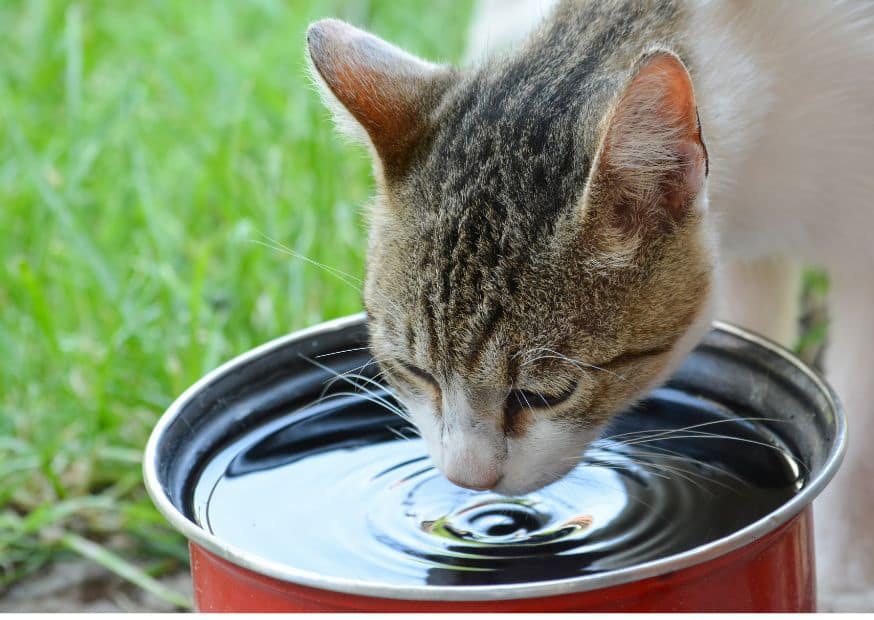
The seemingly curious behavior of cats scratching around their water bowls holds a practical purpose rooted in their instincts.
Ensuring Clean Hydration: Scratching around water bowls is a behavior inherited from wild ancestors. In nature, cats would clear debris around water sources to ensure safe and clean drinking. This behavior persists as a way to maintain the cleanliness of their drinking water, even in a domestic setting.
Promoting Hygiene: To accommodate this behavior and encourage hygienic drinking, opt for shallow bowls that minimize spillage and provide easy access. Regularly refreshing and cleaning the water helps create an inviting and safe drinking environment for your feline companion.
Why Do Cats Scratch Doors at Night?
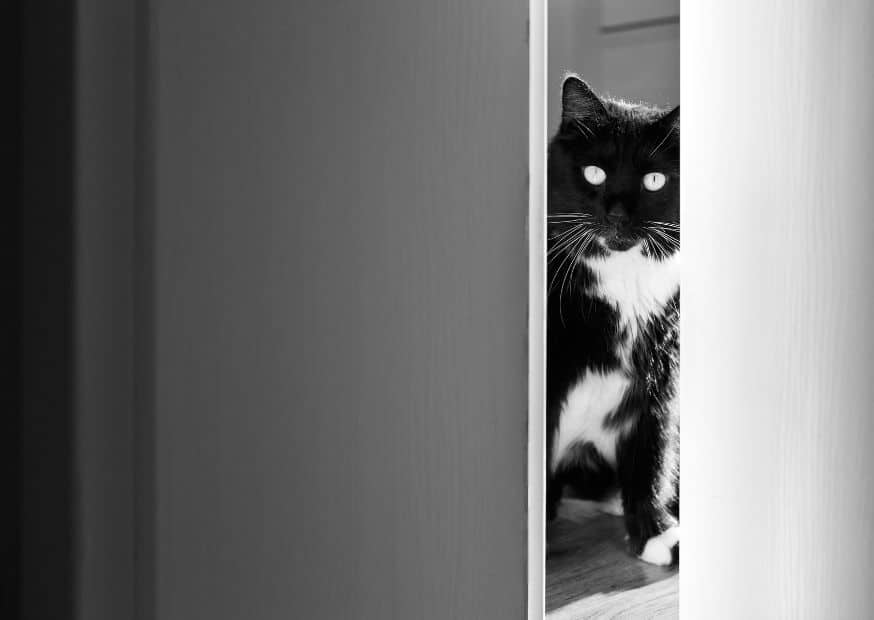
The enigmatic sound of cats scratching doors at night can be puzzling. Yet, understanding the reasons behind this behavior unveils potential solutions for more restful sleep.
Desire for Attention or Access: Nighttime door scratching often stems from a cat’s need for attention or access to certain spaces. Cats are creatures of habit, and if they’ve associated scratching with getting what they want, they’re likely to persist. Whether seeking playtime, companionship, or exploring new areas, scratching becomes their way of communicating their desires.
Managing the Behavior: Establishing a consistent routine is crucial in managing this behavior. Ensuring scheduled feeding times, play sessions, and interaction can help fulfill your cat’s needs during waking hours. Providing mental stimulation and play during the day can minimize nighttime restlessness. Placing deterrents like tape or foil on doors can discourage scratching. With understanding and a bit of patience, you can navigate this behavior and create a more tranquil nighttime environment for both you and your feline friend.
Why Does My Cat Scratch Me for No Reason?
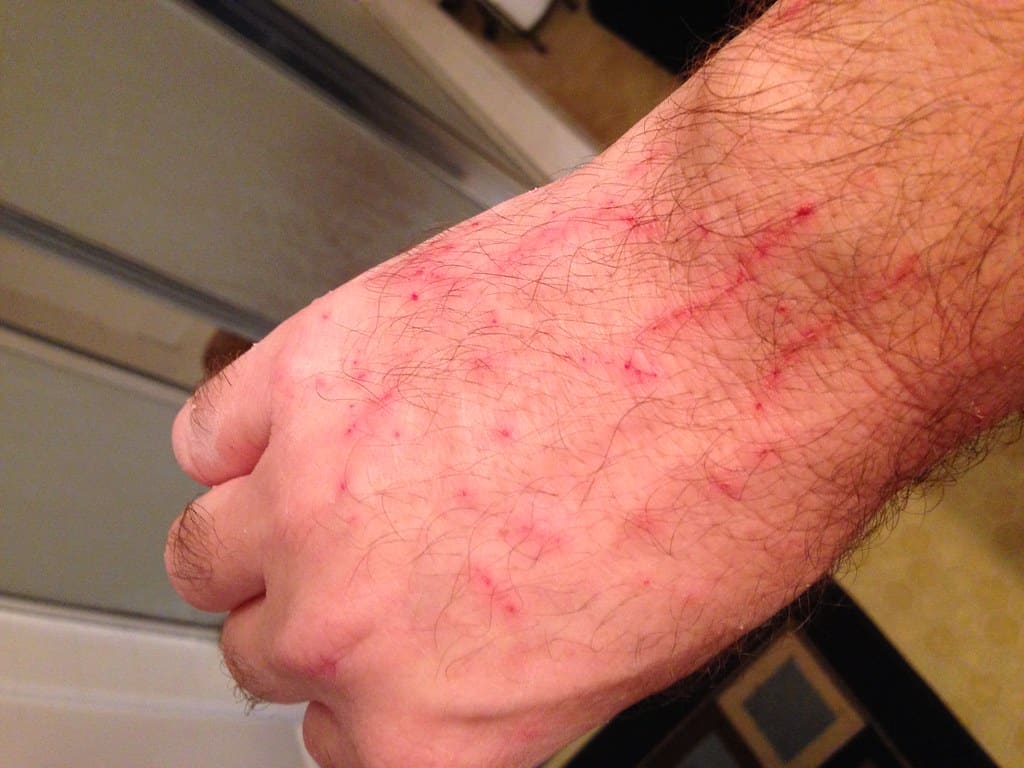
The perplexing scenario of your cat scratching you apparently without cause often has hidden motivations that are worth exploring.
Unveiling Possible Reasons: When your cat scratches you seemingly out of the blue, especially when getting scratched by cats while bathing them, there’s usually more going on beneath the surface. This behavior might be a form of communication, signaling a desire for attention, play, interaction, or they are uncomfortable inside. Sometimes, cats interpret your movements or touch as an invitation to play, leading to accidental scratches. Overstimulation is another factor – cats have their limits, and exceeding them can result in a scratch.
Understanding Feline Cues: Interpreting your cat’s body language is key to understanding their actions. Observing tail flicks, ear positions, and pupil dilation can provide insight into their emotional state. Pay attention to these signals before a scratch occurs. This insight enables you to gauge their mood and intentions more accurately, leading to a better understanding of your cat’s behavior.
Conclusion
Exploring the multifaceted realm of scratching behaviors in cats reveals a fascinating tapestry woven from their instincts, communication, and territorial needs. By uncovering the “why” behind these actions, we gain valuable insights into our feline companions’ world.
When it comes to managing and redirecting scratching behavior in cats, the keys are patience and proper training. Redirecting the “why do cats scratch” question to appropriate outlets, such as scratching posts, and employing positive reinforcement, transforms potential challenges into avenues for growth and understanding. This approach, rooted in harmony, ensures a comfortable coexistence between cats and their human counterparts.
In the grand scheme, harmonizing living spaces with cats’ natural instincts creates a win-win scenario. By embracing their behaviors and fostering their well-being, we forge a stronger bond between cats and humans. In this environment, scratching becomes more than a behavior – it becomes a bridge that deepens connection and comprehension.
Sharing is Caring!
About The Author
PawCool Team
Related Categories: Cats | Cat Health & Care | Cat Stories
Latest Articles

Never Miss A Thing!
All pet stories & guides you care about




